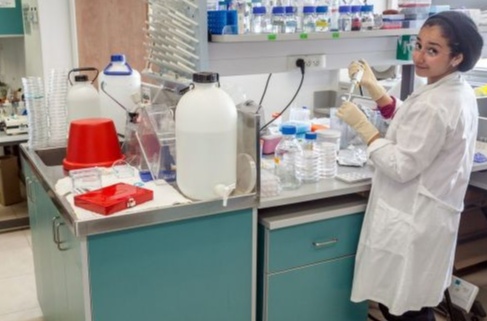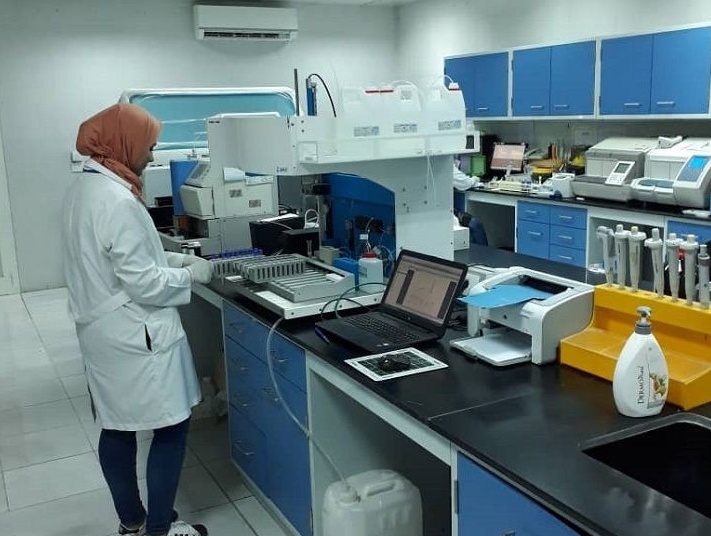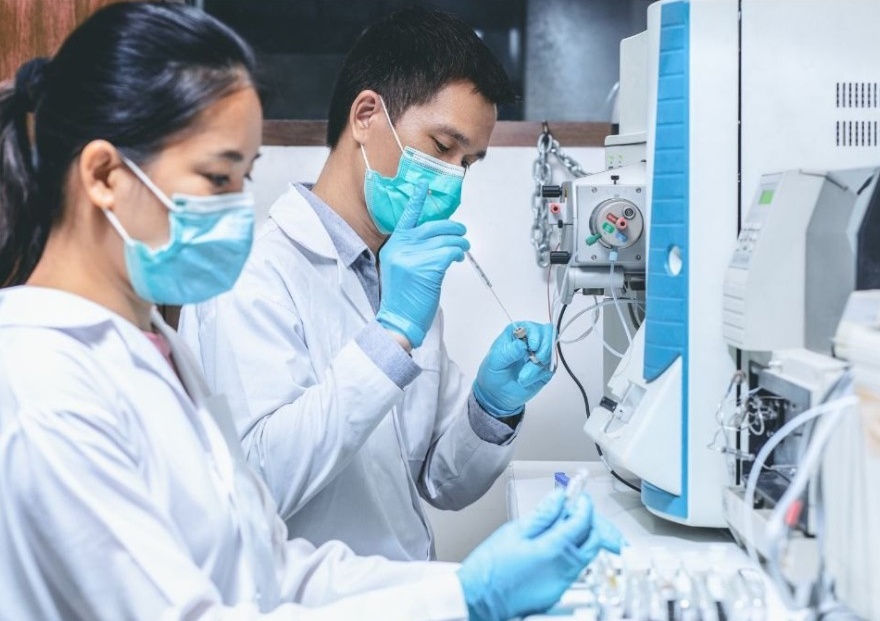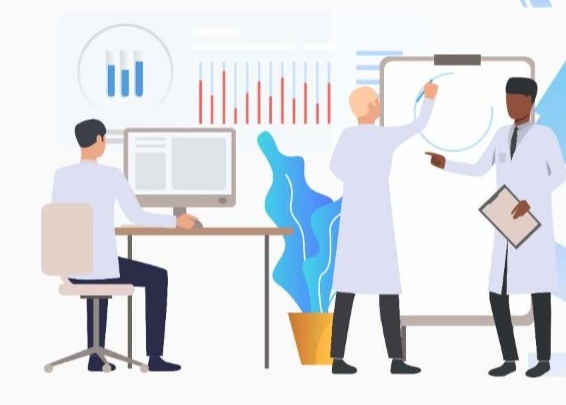- Have any questions? Call
- +91 9446 391 920
Article
Improving Skill, Performance, and Quality of Staff in Diagnostic Centers
A PHP Error was encountered
Severity: Notice
Message: Undefined index: cover_img
Filename: articles/article_view.php
Line Number: 103
Backtrace:
File: /home/mloakera/public_html/views/pages/articles/article_view.php
Line: 103
Function: _error_handler
File: /home/mloakera/public_html/appl/controllers/Articles.php
Line: 159
Function: view
File: /home/mloakera/public_html/index.php
Line: 315
Function: require_once
Improving Skill, Performance, and Quality of Staff in Diagnostic Centers
Diagnostic centers form the backbone of healthcare delivery, with their accuracy and efficiency directly impacting patient treatment outcomes. While advanced technologies and automation play a vital role, the competence of staff—technicians, pathologists, radiologists, and support personnel—remains central to service quality. To ensure excellence, diagnostic centers must adopt clear standards and approaches that continually enhance the skill, performance, and professionalism of their workforce.
Training and Continuous Education
Structured Induction Programs: New staff should undergo orientation programs that cover laboratory safety, standard operating procedures (SOPs), equipment handling, and ethical practices.
Regular Upskilling Workshops: Advances in molecular diagnostics, imaging technologies, and point-of-care testing require ongoing training. Collaborating with medical colleges, NABL, or ICMR-certified institutions can ensure staff stay updated.
E-learning and Certifications: Offering online courses and internationally recognized certifications (like ASCP or CAP) motivates staff and raises professional standards.
Standard Operating Procedures (SOPs)
Clear, documented SOPs for every diagnostic process—from sample collection to result reporting ensure uniformity and reduce errors.
Staff should be trained to follow SOPs strictly, with regular audits to check compliance.
Updates to SOPs must be communicated quickly, especially when new technologies or guidelines are introduced.
Quality Control and Accreditation Standards
- NABL and ISO Frameworks: Staff performance can be aligned with NABL (ISO 15189) requirements, which emphasize technical competence, documentation, and accountability.
- Internal Audits: Periodic checks encourage responsibility and highlight areas where staff need retraining.
- External Proficiency Testing (EQAS): Participation in external quality programs allows staff to benchmark their accuracy against peer institutions.
Performance Evaluation Systems
- KPIs (Key Performance Indicators): Establish clear performance metrics such as turnaround time (TAT), error rate, sample rejection rate, and patient satisfaction scores.
- Feedback and Reviews: Regular one-on-one feedback sessions help identify individual strengths and areas for improvement.
- Recognition and Rewards: Acknowledging good performance motivates staff and fosters a culture of excellence.
Soft Skills and Patient Interaction
- Diagnostic staff often interact with patients during sample collection or imaging procedures. Training in empathy, communication, and patient handling improves the overall patient experience.
- In Kerala, where multilingual communication is important, providing language support training can bridge patient-staff gaps.
Technology and Digital Literacy
- With increasing adoption of Laboratory Information Systems (LIS), digital health records, and automation, staff must be trained to use these tools effectively.
- Digital literacy reduces dependence on manual data entry, ensuring greater accuracy and efficiency.
Workplace Safety and Ethics
- Training in biomedical waste handling, biosafety, and occupational safety ensures a secure work environment.
- Ethical guidelines on patient confidentiality, informed consent, and responsible reporting must be reinforced regularly.
Collaboration and Knowledge Sharing
- Encouraging cross-departmental meetings, peer learning, and collaboration with external experts promotes continuous growth.
- Staff exchanges or internships with advanced diagnostic facilities in other states or abroad expose employees to best practices.
Conclusion
Improving staff skill and performance in diagnostic centers requires a multi-dimensional approach: structured training, adherence to SOPs, regular quality audits, performance monitoring, and strong emphasis on patient-centered care. For states like Kerala, where healthcare standards are already high, strengthening staff competence ensures diagnostic centers remain reliable, efficient, and globally competitive. By investing in people alongside technology, diagnostic centers can achieve sustainable excellence and patient trust.
Explore More Articles
Stay informed with latest trends, innovations, and best practices
Kerala Clinical Establishments (Registration & Regulation) Act, 2018
Kerala, known for its strong healthcare outcomes, legislative activism, and public health initiatives, enacted the Kerala Clinical Establishments (Registration & Regulation) Act in 2018.
Read More...
Improving Skill, Performance, and Quality of Staff in Diagnostic Centers
To ensure excellence, diagnostic centers must adopt clear standards and approaches that continually enhance the skill, performance, and professionalism of their workforce.
Read More...
The Need for Automation in Diagnostic Centers
The healthcare landscape is changing rapidly. In this context, automation is emerging as a vital necessity rather than a luxury.
Read More...
Standardization and Quality Control Systems for Diagnostic Centers in Kerala
To ensure reliability, centers in Kerala follow several standardization and quality control systems, many of which are aligned with national and international benchmarks.
Read More...

